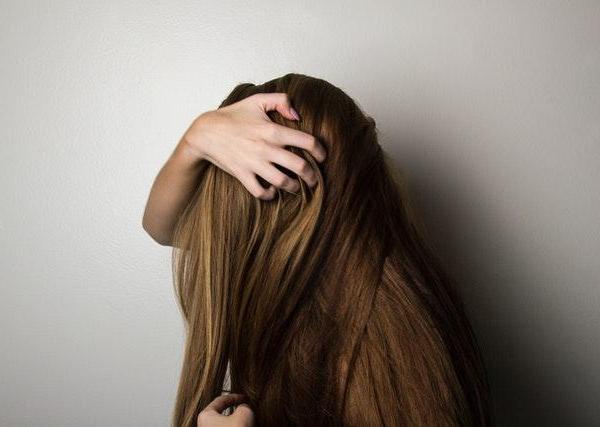Some whiteheads are so tiny that they are almost invisible, while others become noticeable acne blemishes over time. While they don't hurt, they aren't much fun to look at. Because clogged pores are visible on the skin surface, we are most likely to pop them. But don't give in to temptation! Getting clear skin is much easier than you might think.
How do whiteheads form?
Cleaning routines, lifestyle habits, and genetics all play a major role in the prevalence of whiteheads. Fluctuating hormone levels can also trigger acne breakouts. The more sebum your skin produces, the more likely it is to clog and create whiteheads.● Puberty
Sebum production increases during puberty as a result of hormonal changes. Young people undergo puberty when their brains release GnRH hormones, which signal the pituitary gland to release two additional hormones called androgens. Hormones like these promote oil production, also called sebum, below the skin.
● Genetics
Acne prevalence is strongly correlated with genes since they often determine hormonal changes and skin sensitivity.
● Stress
Under stress, acne-prone cells produce excess sebum, which can cause breakouts, including whiteheads, cystic acne, and other pimples. Studies have shown that high-stress levels result in acne breakouts that are more frequent and intense.
● Hormonal Changes Throughout Life
There is a higher likelihood of women experiencing hormonal changes beyond puberty due to various life events. Many women find that their hormones fluctuate (around six weeks) during pregnancy, leading to acne outbreaks.
In addition, many women experience whiteheads and other acne worsening during their menstrual cycle. Progesterone levels increase when estrogen levels decrease, signaling the glands to produce more oil.
● Personal Habits
Acne and whiteheads may also be exacerbated by personal habits. Many studies have found a correlation between certain foods and the prevalence of whiteheads. However, diets have not been proven to be a direct cause.
Whiteheads also appear when your body attempts to push out an infection. A small bump indicates that your skin is trying to push out bacteria from an infected pore.
Here are some home remedies for whiteheads
Whiteheads don't have to be an expensive problem! Here are a few natural remedies you can use at home to eliminate whiteheads.● Honey
It is well known that honey has antibacterial properties. Honey's high viscosity allows it to coat the skin with a barrier that shields it from infection.
Take the appropriate amount of honey and place it in a glass bowl. Add water to make its consistency more comfortable to apply to the skin. Keep this on for 15-20 minutes after applying it to the affected area. Wash off with lukewarm water.
● Aloe Vera
As an astringent, aloe vera tightens pores and acts as an astringent. Additionally, it has antibacterial properties that help fight whiteheads. Start by cutting off the flat end of an Aloe vera leaf. Scoop the gel out and directly apply this gel to your skin for 15-20 minutes before washing it off.
● Tea Tree Oil
In addition to its antimicrobial properties, tea tree oil has antiseptic properties. Add coconut, jojoba, or olive oil to tea tree oil in a bowl and thoroughly mix it. This mixture should be dabbed onto the affected area with a cotton swab and left on for 15-20 minutes. Use lukewarm water to rinse and then pat dry.
● Witch Hazel
Witch hazel reduces inflammation caused by whiteheads due to its ability to inhibit the growth of microorganisms. Put the required amount of witch hazel solution in a bowl. Apply it to the affected area with a clean cotton ball to see the result.
● Coconut Oil
Whiteheads are caused by bacteria resistant to coconut oil's antibacterial properties. Ensure that the skin is properly cleansed and dried before applying coconut oil. Massage the coconut oil thoroughly onto the affected skin area for the best possible results.
Taking preventive measures:
While it is difficult to completely prevent whiteheads, some things can help:● Use non-comedogenic makeup.
● Before going to bed at night, remove all makeup from your face.
● Don't touch your face too often.
● Make sure your hair is clean.
● Keep your face clean.
When to Seek Medical Help?
The appearance of whiteheads usually goes away within seven days, but you can seek medical attention if they persist.Although not life-threatening, whiteheads during adolescence can affect a person's mental health. Additionally, it can affect one's self-image. Whiteheads may lead to depression or anxiety, so it is essential to consult a healthcare professional if one is experiencing such symptoms.



